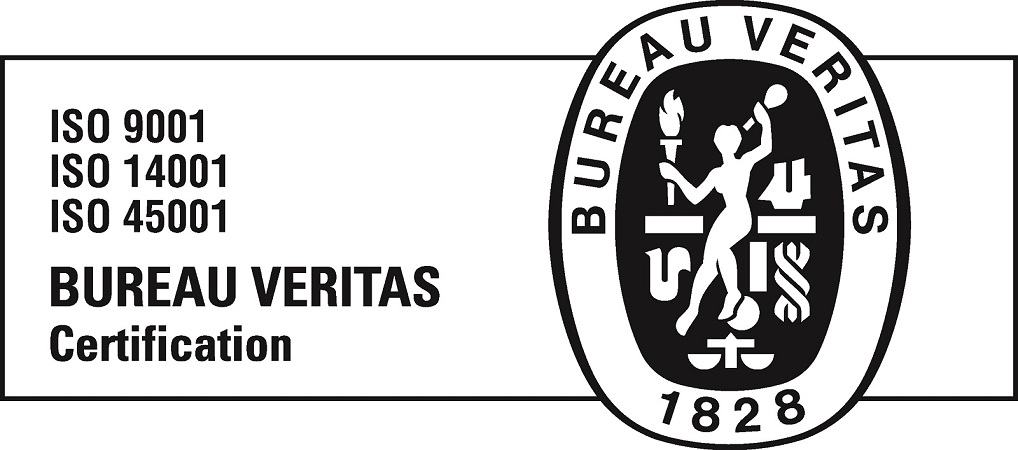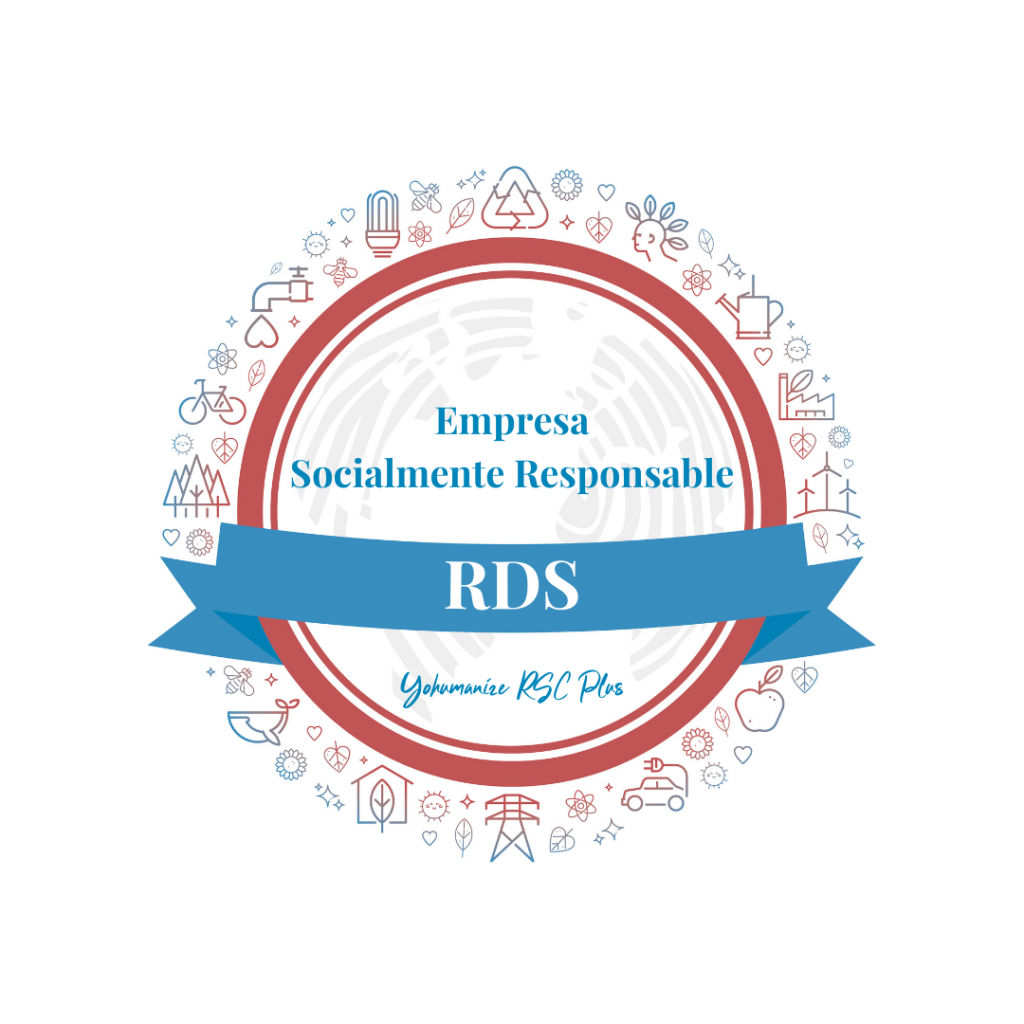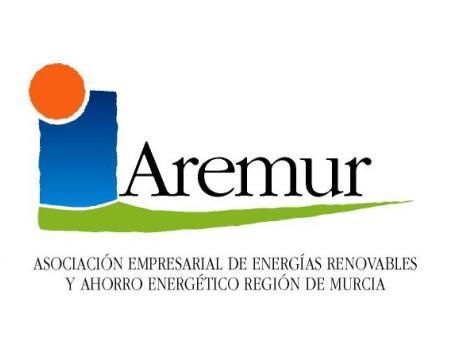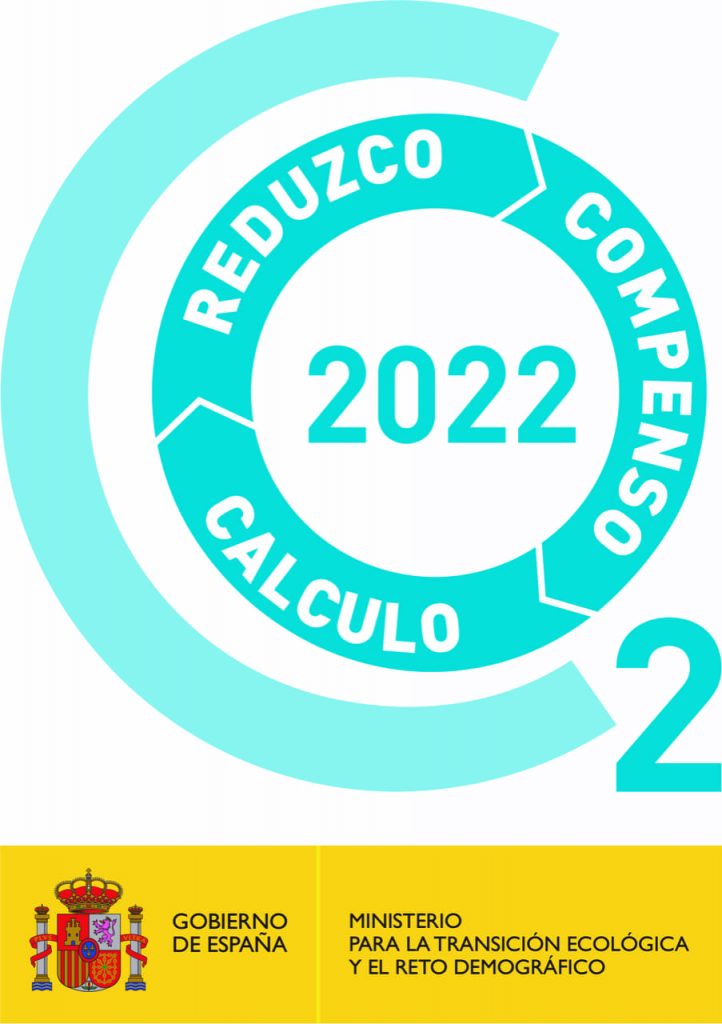




© 2023 RDS. All rights reserved. Designed and developed by delefant
Photovoltaic parks are large installations that convert sunlight into electricity. They consist of interconnected solar panels that absorb the sun’s energy and send it to the grid. These solar parks generate clean energy to supply industries, communities and residential areas. They also have the possibility to sell the excess energy produced. There are different types and advantages, as well as some challenges associated with their initial investment and dependence on sunlight. In addition, the largest photovoltaic parks in India, China and Spain stand out.
Table of Contents
TogglePhotovoltaic installations are systems designed to convert sunlight into electricity. These installations are part of photovoltaic parks, which are made up of various interrelated elements. The main components are described below:
Solar panels, also known as photovoltaic modules, are responsible for capturing solar energy and converting it into direct current. They are formed by joining photovoltaic cells containing semiconductor materials, such as silicon. When photons of sunlight strike the cells, they generate an electric current that is harnessed as renewable energy.
The mounting structures support and correctly position the solar panels, allowing them to be optimally oriented towards the sun. In addition, solar trackers are mechanical devices that follow the path of the sun throughout the day, optimising the collection of sunlight and maximising the efficiency of photovoltaic panels.
Transformer substations are essential equipment in photovoltaic parks, as they convert the direct current generated by the solar panels into alternating current, suitable for distribution to the electricity grid. Inverters, on the other hand, are responsible for transforming direct current into alternating current and keeping it stable. In addition, the solar parks are equipped with safety equipment, such as fire protection systems and surveillance systems, to ensure the correct operation and safety of the installation.
The civil works include the construction of the bases and foundations where the solar panels will be installed, as well as the infrastructure necessary for the correct operation of the photovoltaic solar parks. This includes the installation of drainage systems, cable ducting and site preparation. Adequate civil works are essential to guarantee the stability and durability of the installation over time.
These are photovoltaic installations that occupy large areas of land and are responsible for generating solar energy to supply the electricity grid. These parks are composed of a large number of interconnected solar panels, which absorb solar energy and convert it into electricity. The energy generated is sent directly to the grid, where it can be distributed and used by industries, communities, residential areas and other sectors requiring large-scale electricity supply. The main characteristic of large-scale solar parks is their ability to generate large amounts of energy, which makes them important sources of electricity supply. They are especially useful in regions with high energy demand or in areas where land availability is ample. They also contribute to the reduction of greenhouse gas emissions by using a clean and renewable energy source.
These are smaller-scale installations intended to supply renewable energy to neighbourhood communities, businesses or other consumer groups. These parks allow several participants to benefit from solar power generation and share the associated costs and benefits. In community solar parks, the energy generated is distributed among the participants according to their consumption or participation in the project. This gives them access to clean, renewable energy without the need to invest in individual installations. They also promote environmental awareness and community participation in the transition to more sustainable energy sources. Community solar parks are an attractive option for those who wish to benefit from solar energy but do not have the possibility or capacity to install solar panels on their own properties. They are also an alternative for those who wish to reduce their dependence on fossil fuels and contribute to environmental protection.
The installation of photovoltaic parks has a highly beneficial impact on the environment. By converting solar energy into electricity, these parks generate a clean, renewable source of energy with no greenhouse gas emissions or air pollutants. This contributes significantly to reducing the carbon footprint and slowing climate change.
They are also considered a sustainable and environmentally friendly solution. By harnessing sunlight as a source of energy, it avoids the exploitation of non-renewable resources and reduces dependence on fossil fuels, such as oil or coal, which are highly polluting and contribute to the depletion of natural resources.
Another important benefit is its ability to generate electricity continuously throughout the day. Although the amount of energy produced depends on the intensity of sunlight, solar panels continue to generate electricity even on cloudy days or during hours of reduced solar radiation. This ensures a constant supply of renewable energy, reducing dependence on other more costly and polluting energy sources.
Photovoltaic parks also contribute to job creation in the renewable energy sector, generating jobs both in installation and maintenance as well as in the manufacturing industry of solar panels and associated equipment. This boosts local and regional economic development, promoting job creation and investment in sustainable infrastructure.
It has become an increasingly popular option for individuals and businesses wishing to take advantage of the benefits of solar energy. In addition to contributing to clean and sustainable energy generation, these projects offer the opportunity to reduce electricity costs and reduce dependence on fossil fuels.
For those wishing to embark on a new PV project, it is important to have expert advice in the field. Companies specialising in solar panels can provide a customised study and support at all stages of the process, from the initial assessment to the implementation and commissioning of the solar park.
In addition to large-scale projects, there is the option of installing solar panels on private homes. This alternative allows homeowners to generate their own energy and reduce dependence on the grid. Specialised companies offer solutions adapted to the needs and characteristics of each home, providing support from design to installation and maintenance of the equipment.
Now that you have a comprehensive overview of the benefits and advantages of photovoltaic parks. You can see how solar PV can be a sustainable and cost-effective solution to address your current energy and environmental challenges.
If you are interested in taking advantage of these benefits and carrying out your own photovoltaic solar park project, we encourage you to contact RDS. Our team of renewable energy experts will be happy to advise you and help you design and implement your project efficiently and successfully. Together, we can build a more sustainable and energy responsible future!